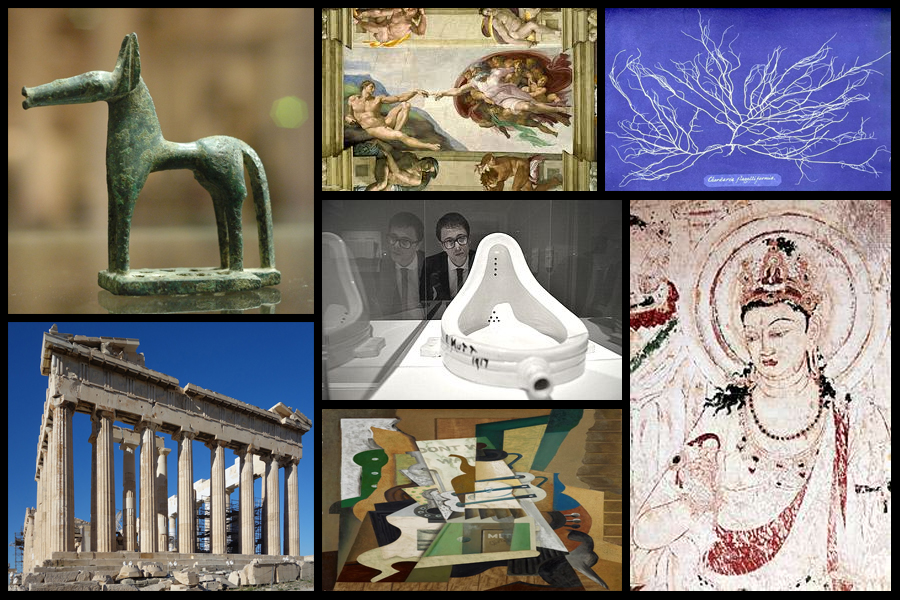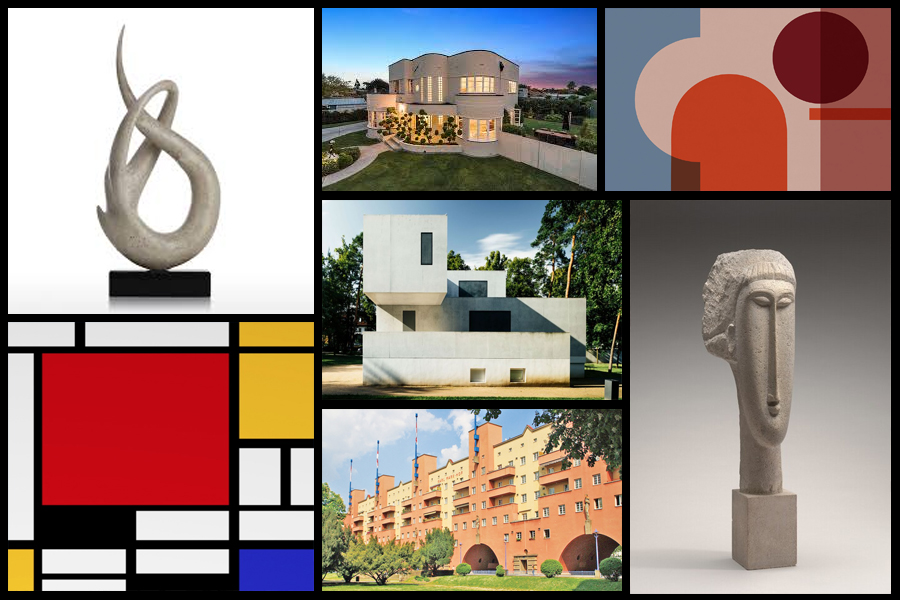Aesthetic comes under a branch of photography which examines the nature of art and our own personal experience with it. The term originally emerged during the 18th century in Europe, soon developing in England as philosophers grouped together images into fields of poetry, sculpture, music and dance. As a result of this they became all classified in art as one category which was called les beaux arts, or fine arts. From this philosophers have began to reason that no description could define or explain beauty. They argued that there were only some rational properties of it such as order, symmetry and proportion, however it is mainly regarded as an experience from an individuals perspective rather than a reason alone.
It is clear for us to say that through our understanding of intuition and experience with human feeling and emotion, aesthetic experience could include a mixture of feelings such as pleasure, rage, grief, suffering and joy. One particular philosopher named Immanuel Kant interpreted aesthetics as a field which gave priority to form over function, with him stating that beauty was independent of any particular figure which it was attached to. Today many historians and philosophers have argued that there is no such thing as aesthetics in art but rather there only being artists. Some of the earlier examples of aestheticism from different generations and cultures can be seen below:

The first use of the term aesthetics in something like its modern sense is commonly attributed to Alexander Baumgarten in 1735 with Francis Hutcheson marking the first systematic inquiries into aesthetics in the sense of them being a distinct branch of philosophy. Undoubtedly the 18th century saw the flourishing of inquiries into beauty, taste, the sublime, and genius, but few would be content to start a history of aesthetics in that century. For many centuries earlier, going back to ancient Greece, there had been philosophical reflection, even if only in a piecemeal fashion, on poetry, painting, music, and the beautiful, and these reflections had an enormous influence on later philosophizing. What is noticeable, though, is that prior to the 18th century it is not always clear where the boundary lies between aesthetics, as such, conceived as a distinctively philosophical inquiry into judgments of taste and the foundations of the arts and more general theorizing about art, including, for example, treatises on the arts often aimed at practitioners themselves.
Regarding a more modern approach to aesthetics it can still be seen as the basis for much of our societies development through our architecture to our art. Various examples can be seen below:

